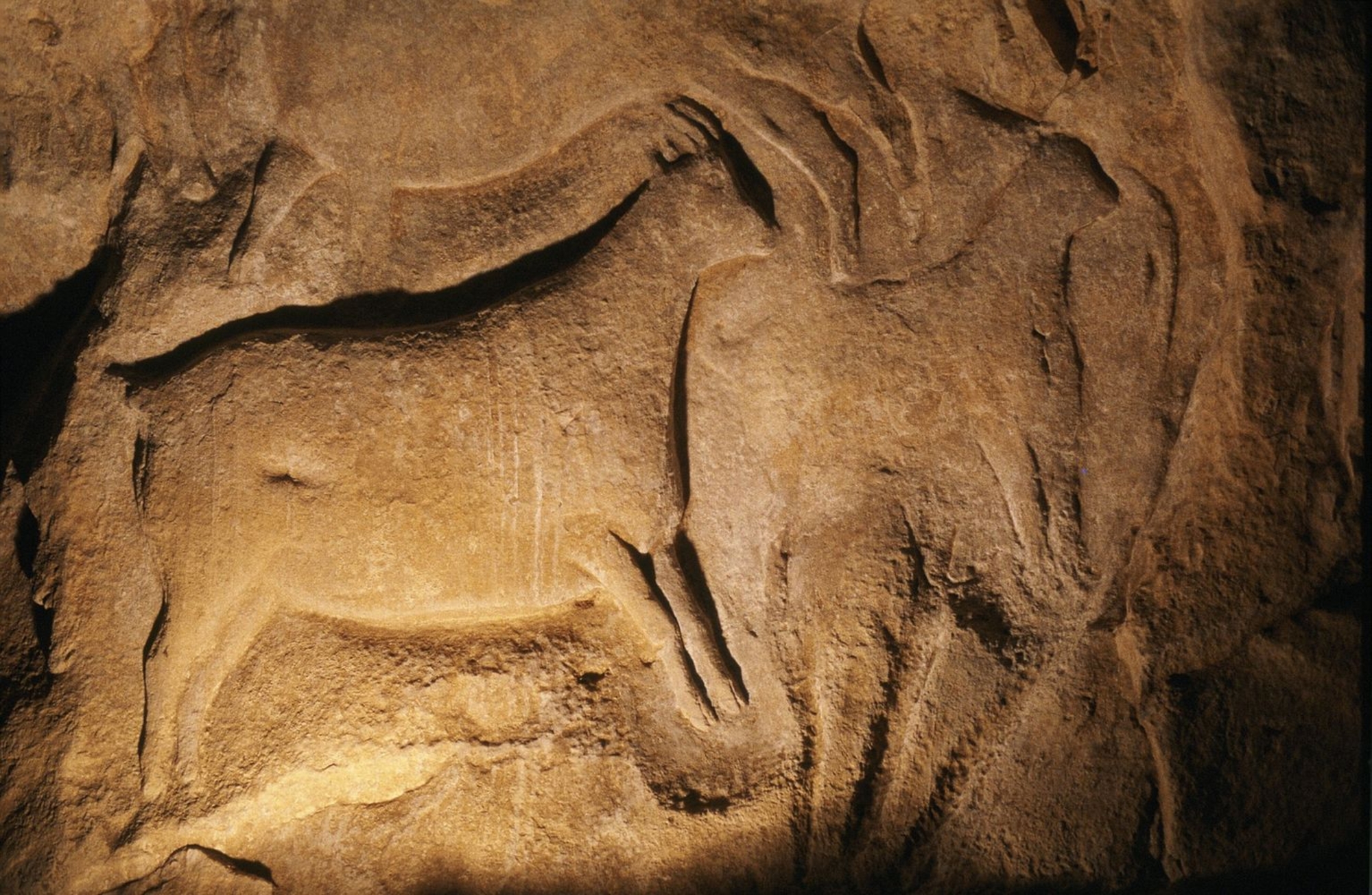
- Home
- Discover the sculptured rock shelters
- Wall sculpture
- At the crossroads of space
- Itinerant artists?
The sculptures at Roc-aux-Sorciers and Chaire-à-Calvin share many similarities in terms of technical, themes and form, as well the calibre of the images. Homothetic analyses performed on two three-dimensional mappings are particularly instructive, because they allow researchers to compare the shapes and volumes of sculptures by calculating their margins of difference. They reveal that the templates are nearly identical. Such similarity is exceptional in Palaeolithic cave art.
Were the sculptures the work of the same "artist" or of different "hands"? Currently, studies attempting to differentiate specific artists behaviours have led to contradictory conclusions. The hypothesis of different hands would reveal the transmission of very strict iconographic standards, with little freedom given to artists. However, if the same individual sculpted the two friezes, which are more than 100 km apart, was the mobility between the two sites collective or individual? Individual mobility implies the existence of "artists" or specialised itinerant craftsmen, which speaks to both the special social status of people and a cultural (and economic?) influence of certain sites – a theory already posited for some Magdalenian portable art sites.
Associated media
Open Media Library
